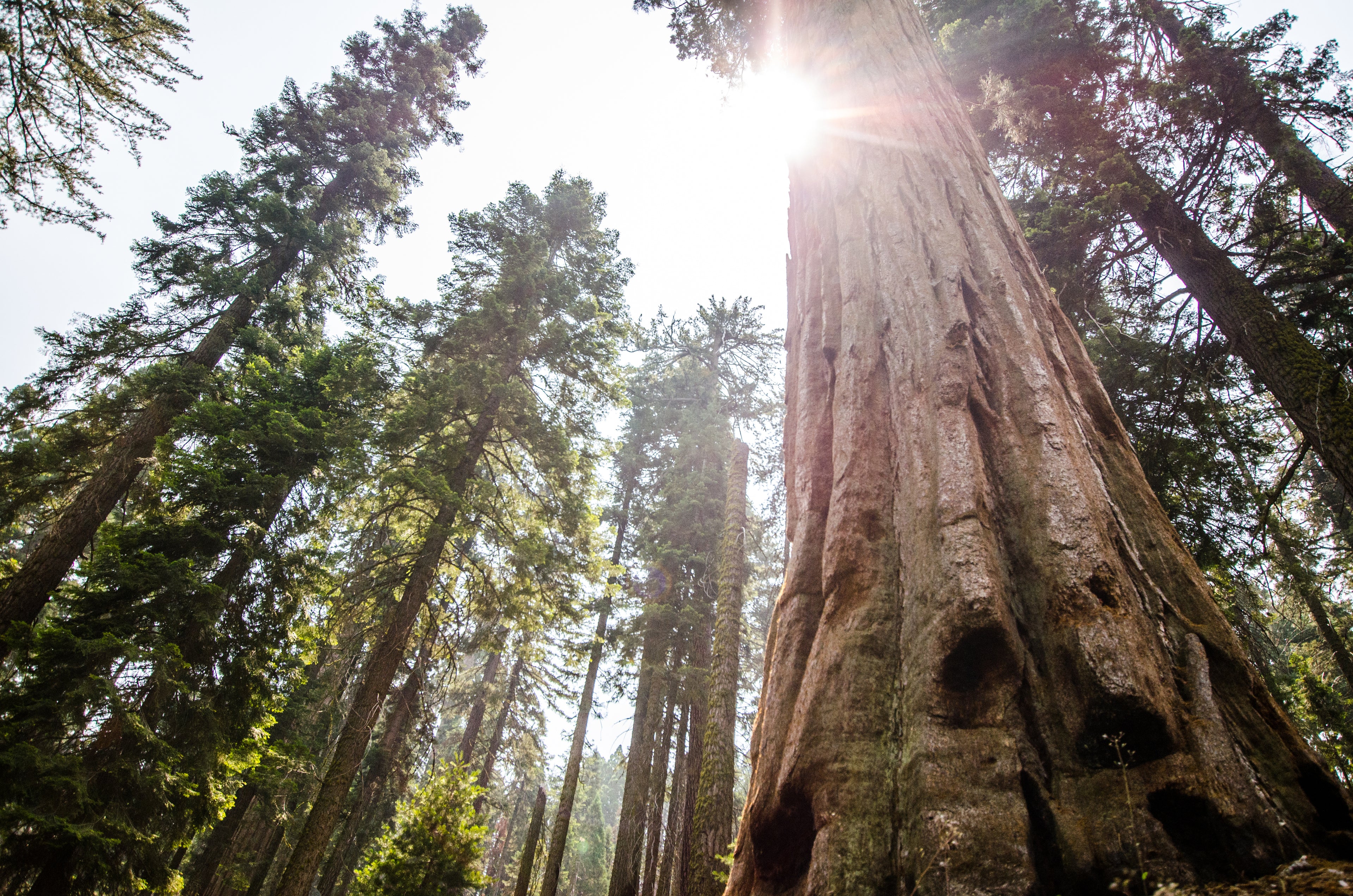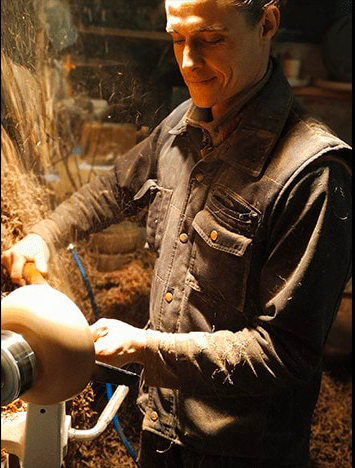
FAQ let's talk little, let's talk wood
Here in this section “FAQ let’s talk little, let’s talk wood” are all the answers to frequently asked questions
Collapsible content
Where does the wood for the workshop come from?
I work mainly with local woods that I cut down or recover and transport myself or buy directly in trays. The trees worked are mainly trees that have fallen to the ground because of the winds or are intended to be cut down and not from overexploitation.
Frêne ou noyer ? Quelle essence choisir ?
Tout d'abord sachez que ces deux essences de bois sont sélectionnées pour leur résistance, leur esthétique et leur compatibilité avec les produits alimentaires. Le noyer offre un veinage nuancé, avec de teintes foncées et/ou claires, ce qui offre bien souvent ce merveilleux veinage bicolore.
Le frêne est lui, tout en élégance et subtilité. Il est clair, aux couleurs de miel avec des reflets nacrés.
Ces deux essences sont exclusivement locales et donc récoltées en Isère et en Savoie par mes soins.
Will the part ordered be exactly the same as the photo?
Each piece is unique. As a wood turner, I can guarantee the regularity of the shapes and dimensions announced (very slight variations may be observed), but from one piece to another, the grain of the wood will offer a unique pattern. The color can also vary, especially on walnut pieces.
Do not hesitate to write to me to obtain a photo before sending in order to validate your order and guarantee you the best satisfaction at the email address: contact@ateliertouraprestour.com
Is your wood treated?
The wood I transform is guaranteed to be untreated and is therefore suitable for any food use . All the objects I create are simply finished with a fine sanding, to ensure a smooth and pleasant texture to the touch. I also apply an oiling with grape seed oil which gives them protection and shine.
How to maintain a wooden object?
To wash your wooden objects, simply use a little warm water and your usual dishwashing liquid if necessary. Rinse then let it air dry, in a place where water does not stagnate. Once completely dry, store your object flat.
Wood is naturally resistant, but above all, don't forget that it is a living material: so don't hesitate to feed your wood from time to time. A little dab of cooking oil of your choice when your object tarnishes to maintain the shiny appearance, and that's it!
Ma vaisselle risque-t-elle de marquer avec les couteaux ?
En toute logique, le bois peut marquer avec des traces de couteau. Mais pas de panique ! Les fibres de bois de recollent naturellement lorsque vous appliquez une nouvelle couche d'huile alimentaire (type huile de pépin de raisin)
What are the advantages of wood?
Wood is a living material, very resistant. Thus, a well-maintained wooden object can last you a lifetime. It is an ecological alternative, guaranteed without chemicals and 100% artisanal.
What precautions should be taken?
The enemies of wood are excess heat and excess moisture. I therefore recommend that you avoid dishwashers, microwaves and similar uses, as well as soaking your wooden objects in water for too long.
What steps will my wooden object go through to go from tree to object?
Your items will have all undergone a long process and are the fruits of many hours of work before arriving at your home. Here is an overview:
- I cut down the tree or pick it up from the ground.
- I cut it up, then take it to the sawmill where it will be cut into boards.
- The wood will then have to dry for at least one year (allow 1 year of drying for 1cm of thickness. So you need to be patient).
- Once my wood is dry, the trays find their place in my workshop where I trace my templates with a compass.
- Then I move on to sawing to roughly cut out my shape.
- Now that my templates are ready, I let them dry for an additional month so that they guarantee the best possible shape retention.
- And it is only after all these steps that my woodturning skills come into play: I turn the piece, profile it and hollow it out, turn after turn...
- I will then sand my piece a first time with grit 80, 120 then 180 and finally 240.
- I dip my piece in water to bring out the rough spots.
- Once dry, it's time to start again: sanding with 240 grit.
- Then I dip my coin in water again.
- I wait for it to dry to finally finish my sanding with 320 grit, the one that gives you a soft and smooth touch.
- Finally, I brand with the “ Tour après Tour ” logo to sign my work.
- And I oil my piece with grapeseed oil for a nice shiny finish.
- Then, carefully packaged, the object goes to your home to offer you all my know-how.
Now that you know its whole story, it's your turn to take care of it.

For any other questions not listed here, I would be happy to answer you by email at:
contact@ateliertouraprestour.com
Each in turn,
Kind regards,
Round after round.
